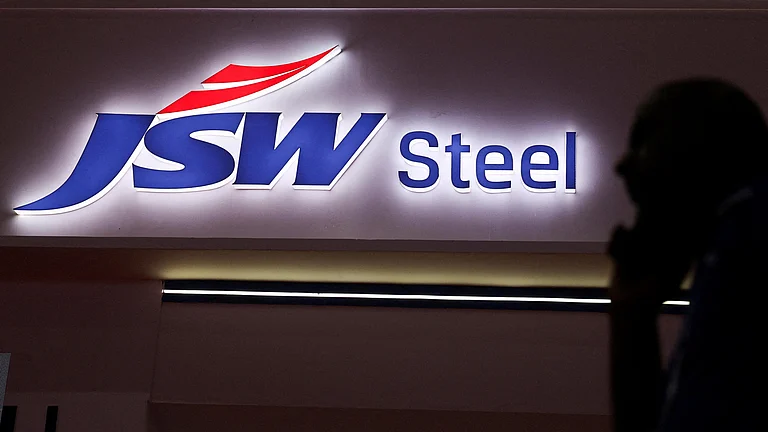September 9th was a red-letter day for the world’s largest two-wheeler maker — Hero MotoCorp. The company commenced operations at its first ever manufacturing unit outside India, at Villa Rica in Colombia. It entails an investment of $70 million ($38 million as capex and the rest as working capital). Hero’s plan is to serve all nearby markets from the Colombian plant.
The management had good reason to choose Colombia. One is for its potential. “With over 650,000 two-wheelers sold last year, Colombia is one of the largest two-wheeler markets in Latin America, next only to Brazil and Argentina,” it points out. The second was familiarity, “We are not new to Colombia, having been present here since the past 20 years as the erstwhile joint brand, so we understand the needs and preferences of customers here,” it adds. Given this potential and familiarity, the management is going all out to capture a bigger market share and currently has over 160 outlets spread across 133 cities and towns in the country.
But clearly, Hero has been late to the global party. Its contract with its erstwhile partner Honda restricted it from becoming a serious overseas player all these years. Having started only four years ago, it exported 200,000 units in FY15. Compare that with Bajaj Auto’s 1.5 million in FY15, accounting for 46% of their revenue. Ironically, in many of the African and Latin American markets, Hero, the local Goliath find itself a David against Bajaj Auto — which it effortlessly beats in the Indian market.
“Bajaj and TVS are deeply entrenched in many African and Latin American markets, especially Bajaj, which has a market share in excess of 30% in many markets”, says Bharat Gianani, analyst, Angel Broking, who tracks Hero MotoCorp. Bajaj’s Boxer, which pales in comparison to Hero’s Splendor in India, is a killer brand in Africa. Hero Honda was the first to crack the 100cc-bikes segment and Bajaj was late to launch a competing product, but even after that, it has struggled to take away market share from Hero Honda. Now the question really is can Hero’s Splendor recreate the same magic overseas despite being a late entrant. How Splendor sells will be a real test of its product strength, as Boxer being the first mover already has its own brand equity.
Given its late comer status in the export market, Hero is also sinking in more resources compared to Bajaj which has refrained from setting up a full-fledged overseas manufacturing facility. Puneet Gupta, associate director, IHS Automotive Forecasting, reads more into these different strategies. “Having a manufacturing unit in a country reflects long-term commitment. The dealer and channel partner show a lot of confidence in pitching your product when they see that. From a strategic purpose, you understand local consumer behavior better,” he says.
Analysts feel that Bajaj has generally been cautious in its approach and Hero with greater resources at its disposal, will soon accelerate its aggression. But it won’t be easy. “Hero has a lot of ground to cover as they pursue their global ambition,” says Gianani. What may be giving Pawan Munjal, managing director, Hero MotoCorp, confidence is that like his adversaries, he is very familiar with the roads that they are riding on.











